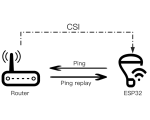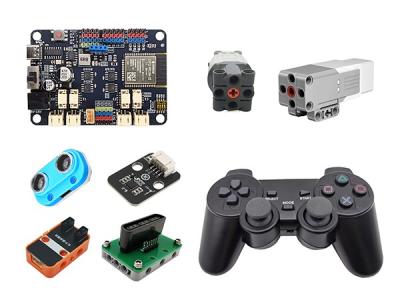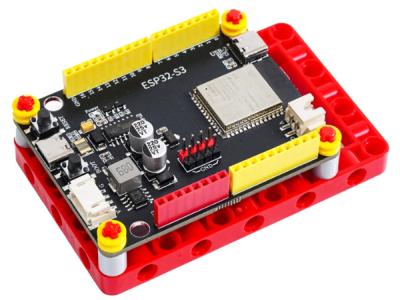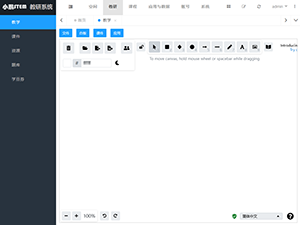ESP32-S3 录音及存储
1 前言
本文使用mic录制音频存放到tf卡中。 使用的是官方示例:https://gitee.com/EspressifSystems/esp-idf/tree/master/examples/peripherals/i2s/i2s_audio_recorder_sdcard2 硬件
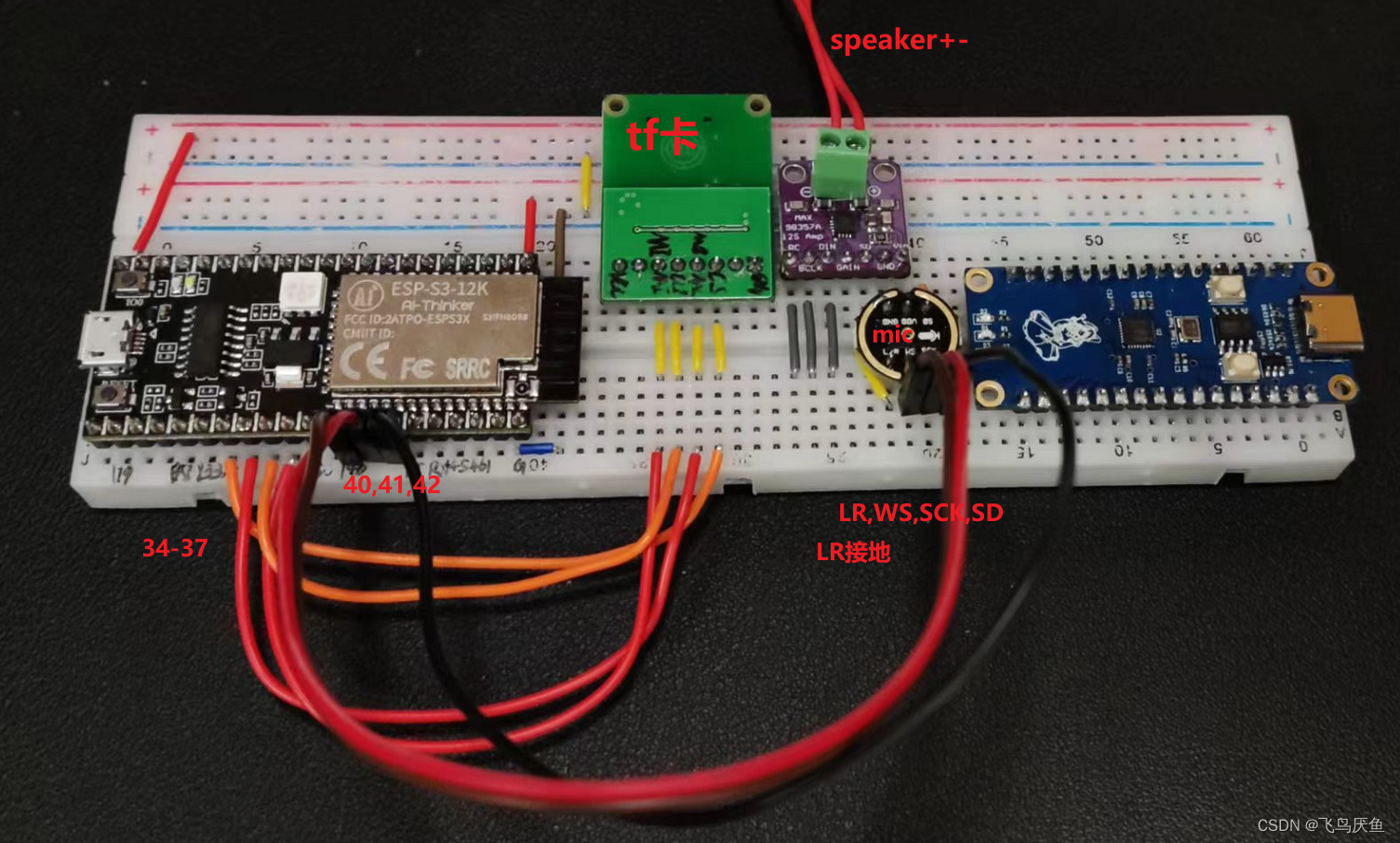 主要两块,tf卡的spi接线,mic的i2s接线 SPI_MOSI_GPIO 35 SPI_MISO_GPIO 37 SPI_SCLK_GPIO 36 SPI_CS_GPIO 34 I2S_BCK_GPIO 41 I2S_WS_GPIO 40 I2S_DATA_GPIO 42
主要两块,tf卡的spi接线,mic的i2s接线 SPI_MOSI_GPIO 35 SPI_MISO_GPIO 37 SPI_SCLK_GPIO 36 SPI_CS_GPIO 34 I2S_BCK_GPIO 41 I2S_WS_GPIO 40 I2S_DATA_GPIO 42
3 代码
/* I2S Digital Microphone Recording Example
This example code is in the Public Domain (or CC0 licensed, at your option.)
Unless required by applicable law or agreed to in writing, this
software is distributed on an "AS IS" BASIS, WITHOUT WARRANTIES OR
CONDITIONS OF ANY KIND, either express or implied.
*/
#include <stdio.h>
#include <string.h>
#include <math.h>
#include <sys/unistd.h>
#include <sys/stat.h>
#include "esp_log.h"
#include "esp_err.h"
#include "esp_system.h"
#include "esp_vfs_fat.h"
#include "freertos/FreeRTOS.h"
#include "freertos/task.h"
#include "driver/i2s.h"
#include "driver/gpio.h"
#include "driver/spi_common.h"
#include "sdmmc_cmd.h"
#include "sdkconfig.h"
static const char* TAG = "pdm_rec_example";
#define SPI_DMA_CHAN SPI_DMA_CH_AUTO
#define SD_MOUNT_POINT "/sdcard"
#define NUM_CHANNELS (1) // For mono recording only!
#define CONFIG_EXAMPLE_BIT_SAMPLE (16)
#define CONFIG_EXAMPLE_SAMPLE_RATE (36000)
#define SAMPLE_SIZE (CONFIG_EXAMPLE_BIT_SAMPLE * 1024)
#define BYTE_RATE (CONFIG_EXAMPLE_SAMPLE_RATE * (CONFIG_EXAMPLE_BIT_SAMPLE / 8)) * NUM_CHANNELS
#define CONFIG_EXAMPLE_I2S_CH 0
#define CONFIG_EXAMPLE_REC_TIME 2
#define CONFIG_EXAMPLE_I2S_BCK_GPIO 41
#define CONFIG_EXAMPLE_I2S_WS_GPIO 40
#define CONFIG_EXAMPLE_I2S_DATA_GPIO 42
// When testing SD and SPI modes, keep in mind that once the card has been
// initialized in SPI mode, it can not be reinitialized in SD mode without
// toggling power to the card.
sdmmc_host_t host = SDSPI_HOST_DEFAULT();
sdmmc_card_t* card;
#define CONFIG_EXAMPLE_SPI_MOSI_GPIO 35
#define CONFIG_EXAMPLE_SPI_MISO_GPIO 37
#define CONFIG_EXAMPLE_SPI_SCLK_GPIO 36
#define CONFIG_EXAMPLE_SPI_CS_GPIO 34
static int16_t i2s_readraw_buff[SAMPLE_SIZE];
size_t bytes_read;
const int WAVE_HEADER_SIZE = 44;
void mount_sdcard(void)
{
esp_err_t ret;
// Options for mounting the filesystem.
// If format_if_mount_failed is set to true, SD card will be partitioned and
// formatted in case when mounting fails.
esp_vfs_fat_sdmmc_mount_config_t mount_config = {
.format_if_mount_failed = true,
.max_files = 5,
.allocation_unit_size = 8 * 1024
};
ESP_LOGI(TAG, "Initializing SD card");
spi_bus_config_t bus_cfg = {
.mosi_io_num = CONFIG_EXAMPLE_SPI_MOSI_GPIO,
.miso_io_num = CONFIG_EXAMPLE_SPI_MISO_GPIO,
.sclk_io_num = CONFIG_EXAMPLE_SPI_SCLK_GPIO,
.quadwp_io_num = -1,
.quadhd_io_num = -1,
.max_transfer_sz = 4000,
};
ret = spi_bus_initialize(host.slot, &bus_cfg, SPI_DMA_CHAN);
if (ret != ESP_OK) {
ESP_LOGE(TAG, "Failed to initialize bus.");
return;
}
// This initializes the slot without card detect (CD) and write protect (WP) signals.
// Modify slot_config.gpio_cd and slot_config.gpio_wp if your board has these signals.
sdspi_device_config_t slot_config = SDSPI_DEVICE_CONFIG_DEFAULT();
slot_config.gpio_cs = CONFIG_EXAMPLE_SPI_CS_GPIO;
slot_config.host_id = host.slot;
ret = esp_vfs_fat_sdspi_mount(SD_MOUNT_POINT, &host, &slot_config, &mount_config, &card);
if (ret != ESP_OK) {
if (ret == ESP_FAIL) {
ESP_LOGE(TAG, "Failed to mount filesystem.");
} else {
ESP_LOGE(TAG, "Failed to initialize the card (%s). "
"Make sure SD card lines have pull-up resistors in place.", esp_err_to_name(ret));
}
return;
}
// Card has been initialized, print its properties
sdmmc_card_print_info(stdout, card);
}
void generate_wav_header(char* wav_header, uint32_t wav_size, uint32_t sample_rate){
// See this for reference: http://soundfile.sapp.org/doc/WaveFormat/
uint32_t file_size = wav_size + WAVE_HEADER_SIZE - 8;
uint32_t byte_rate = BYTE_RATE;
const char set_wav_header[] = {
'R','I','F','F', // ChunkID
file_size, file_size >> 8, file_size >> 16, file_size >> 24, // ChunkSize
'W','A','V','E', // Format
'f','m','t',' ', // Subchunk1ID
0x10, 0x00, 0x00, 0x00, // Subchunk1Size (16 for PCM)
0x01, 0x00, // AudioFormat (1 for PCM)
0x01, 0x00, // NumChannels (1 channel)
sample_rate, sample_rate >> 8, sample_rate >> 16, sample_rate >> 24, // SampleRate
byte_rate, byte_rate >> 8, byte_rate >> 16, byte_rate >> 24, // ByteRate
0x02, 0x00, // BlockAlign
0x10, 0x00, // BitsPerSample (16 bits)
'd','a','t','a', // Subchunk2ID
wav_size, wav_size >> 8, wav_size >> 16, wav_size >> 24, // Subchunk2Size
};
memcpy(wav_header, set_wav_header, sizeof(set_wav_header));
}
void record_wav(uint32_t rec_time)
{
// Use POSIX and C standard library functions to work with files.
int flash_wr_size = 0;
ESP_LOGI(TAG, "Opening file");
char wav_header_fmt[WAVE_HEADER_SIZE];
uint32_t flash_rec_time = BYTE_RATE * rec_time;
generate_wav_header(wav_header_fmt, flash_rec_time, CONFIG_EXAMPLE_SAMPLE_RATE);
// First check if file exists before creating a new file.
struct stat st;
if (stat(SD_MOUNT_POINT"/record.wav", &st) == 0) {
// Delete it if it exists
unlink(SD_MOUNT_POINT"/record.wav");
}
// Create new WAV file
FILE* f = fopen(SD_MOUNT_POINT"/record.wav", "a");
if (f == NULL) {
ESP_LOGE(TAG, "Failed to open file for writing");
return;
}
// Write the header to the WAV file
fwrite(wav_header_fmt, 1, WAVE_HEADER_SIZE, f);
// Start recording
while (flash_wr_size < flash_rec_time) {
// Read the RAW samples from the microphone (char *)
i2s_read(CONFIG_EXAMPLE_I2S_CH, i2s_readraw_buff, SAMPLE_SIZE, &bytes_read, 100);
// Write the samples to the WAV file
// printf("%ls\n",i2s_readraw_buff);
fwrite(i2s_readraw_buff, 1, bytes_read, f);
flash_wr_size += bytes_read;
printf("flash_wr_size = %d\n",flash_wr_size);
}
ESP_LOGI(TAG, "Recording done!");
fclose(f);
ESP_LOGI(TAG, "File written on SDCard");
// All done, unmount partition and disable SPI peripheral
esp_vfs_fat_sdcard_unmount(SD_MOUNT_POINT, card);
ESP_LOGI(TAG, "Card unmounted");
// Deinitialize the bus after all devices are removed
spi_bus_free(host.slot);
}
void init_microphone(void)
{
// Set the I2S configuration as PDM and 16bits per sample
i2s_config_t i2s_config = {
.mode = I2S_MODE_MASTER | I2S_MODE_RX , // | I2S_MODE_PDM,
.sample_rate = CONFIG_EXAMPLE_SAMPLE_RATE,
.bits_per_sample = I2S_BITS_PER_SAMPLE_16BIT,
.channel_format = I2S_CHANNEL_FMT_ONLY_LEFT,
.communication_format = I2S_COMM_FORMAT_STAND_I2S,
.intr_alloc_flags = ESP_INTR_FLAG_LEVEL2,
.dma_buf_count = 8,
.dma_buf_len = 1024,
.use_apll = 0,
};
// Set the pinout configuration (set using menuconfig)
i2s_pin_config_t pin_config = {
.mck_io_num = I2S_PIN_NO_CHANGE,
.bck_io_num = CONFIG_EXAMPLE_I2S_BCK_GPIO,
.ws_io_num = CONFIG_EXAMPLE_I2S_WS_GPIO,
.data_out_num = I2S_PIN_NO_CHANGE,
.data_in_num = CONFIG_EXAMPLE_I2S_DATA_GPIO,
};
// Call driver installation function before any I2S R/W operation.
ESP_ERROR_CHECK( i2s_driver_install(CONFIG_EXAMPLE_I2S_CH, &i2s_config, 0, NULL) );
ESP_ERROR_CHECK( i2s_set_pin(CONFIG_EXAMPLE_I2S_CH, &pin_config) );
ESP_ERROR_CHECK( i2s_set_clk(CONFIG_EXAMPLE_I2S_CH, CONFIG_EXAMPLE_SAMPLE_RATE, I2S_BITS_PER_SAMPLE_16BIT, I2S_CHANNEL_MONO) );
}
void app_main(void)
{
ESP_LOGI(TAG, "PDM microphone recording Example start");
// Mount the SDCard for recording the audio file
mount_sdcard();
// Init the PDM digital microphone
init_microphone();
ESP_LOGI(TAG, "Starting recording for %d seconds!", CONFIG_EXAMPLE_REC_TIME);
// Start Recording
record_wav(CONFIG_EXAMPLE_REC_TIME);
// Stop I2S driver and destroy
ESP_ERROR_CHECK( i2s_driver_uninstall(CONFIG_EXAMPLE_I2S_CH) );
}4 结果
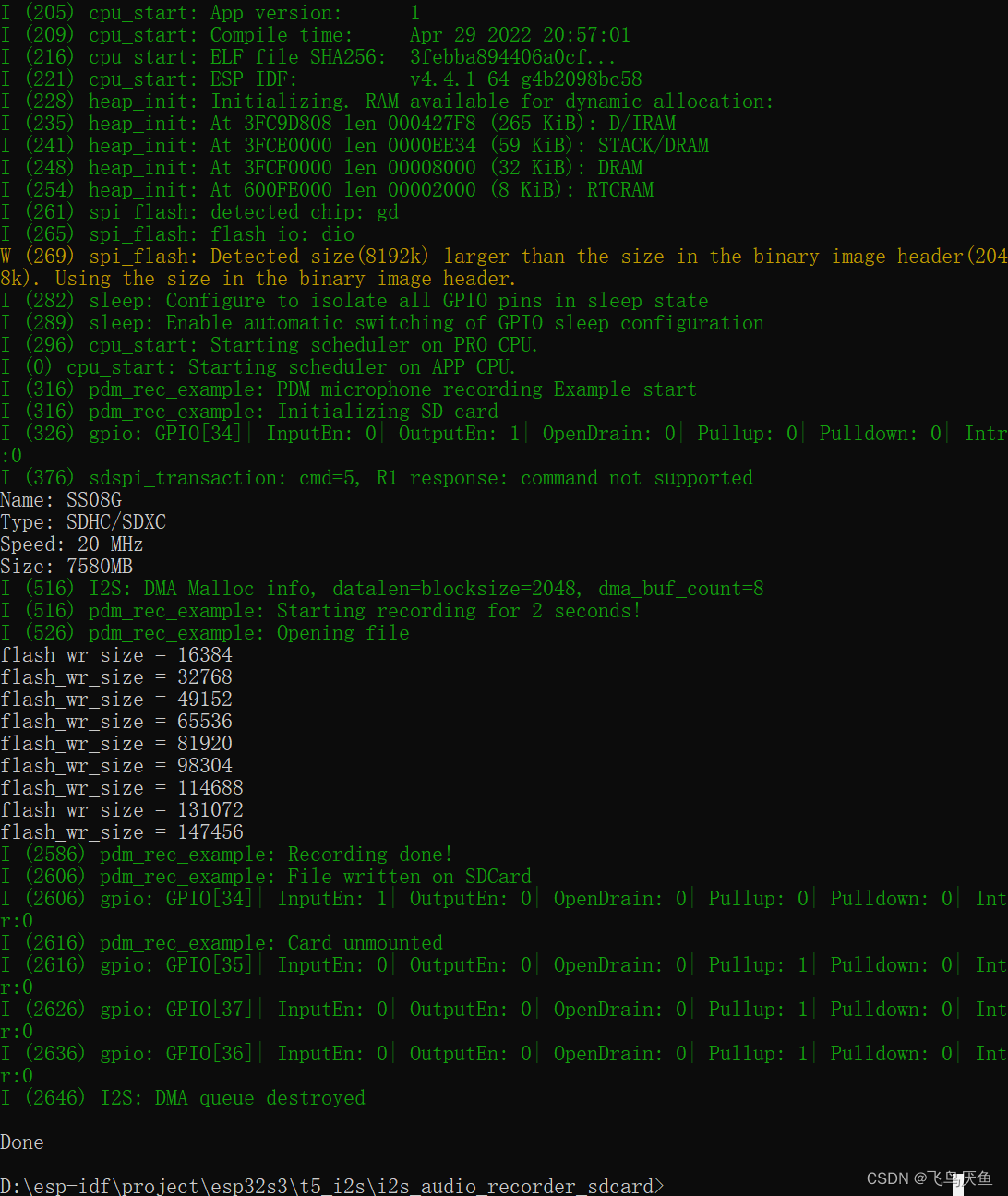
 其中前半秒应该是mic初始化导致的,这种很常见,部分手机采用前部分静音避免该问题。 所以录制注意时长超过半秒再听效果。 ———————————————— 链接:https://blog.csdn.net/qq_38091632/article/details/124506617
其中前半秒应该是mic初始化导致的,这种很常见,部分手机采用前部分静音避免该问题。 所以录制注意时长超过半秒再听效果。 ———————————————— 链接:https://blog.csdn.net/qq_38091632/article/details/124506617
涨知识
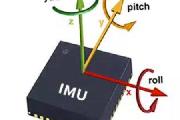
IMU
IMU(Inertial Measurement Unit),即惯性测量单元,用于测量物体三轴姿态角(或角速率)以及加速度。
评论:
Arduino-ESP32与ESP-IDF的版本对应表
Arduino-ESP32与ESP-IDF的版本对应表。
Arduino-ESP32文件系统全解析:SPIFFS、LittleFS、SD卡操作
Arduino-ESP32提供了多种文件系统解决方案,本文将深入解析SPIFFS、LittleFS和SD卡三种主流存储方案,帮助你做出最佳选择。
ESP32-P4-WIFI6开发板
ESP32-P4-WIFI6-DEV-KIT是一款微雪(Waveshare)设计的基于 ESP32-P4 的多媒体开发板,并集成 ESP32-C6,支持 Wi-Fi 6 和 BLE 5 无线连接。它提供丰富的人机交互接口,包括 MIPI-CSI (集成图像信号处理器 ISP)、MIPI-DSI、SPI、I2S、I2C、LED PWM、MCPWM、RMT、ADC、UART 和 TWAI 等。
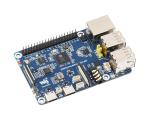
ESP-Hosted 入门介绍 &使用指南
ESP-Hosted 解决方案提供了将 ESP 板用作 Wi-Fi 和 Bluetooth/BLE 连接的通信处理器的方法。
设备上云太麻烦?ESP-Hosted一站触达!
ESP-Hosted 提供了一种将ESP芯片和模组用作通信协处理器的解决方案,该解决方案为主机微处理器或微控制器提供无线连接,使主机能够与其他设备通信。简单来说为网卡方案。
ESP32 + Arduino使用TFT_eSPI库
Arduino+ESP32上使用TFT_eSPI库快速点亮这个屏幕,驱动芯片ST7789
ESP32 利用 SPI 连通 TFT 彩屏
本文给出了一个ESP32与SPI 接口TFT显示屏接线的详细说明,供大家参考。
在Micropython下使用ESPNow功能进行数据传输
本文讲解如何在Micropython环境下使用ESP32的ESPNow功能进行数据传输。
用 ESP32-S3 打造多功能 USB Dongle
ESP-Dongle 是一款基于 ESP32-S3 芯片开发的多功能 USB Device 解决方案。它不仅外形小巧,功能齐全,更集成了无线 U 盘、SD 卡读取以及 USB 无线网卡等多项功能。
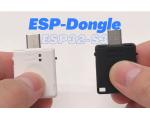
利用 ESP32-S3 和 CSI 技术打造智能家居
ESP32 系列芯片可以利用 CSI 数据实现动作检测和存在检测。无论是自动调节灯光、风扇,还是节能控制,CSI 技术为智能家居带来了新的可能性。随着 CSI 技术的发展,未来的智能家居将能够更精确地感知和响应我们的行为,实现更高效、更人性化的控制。
